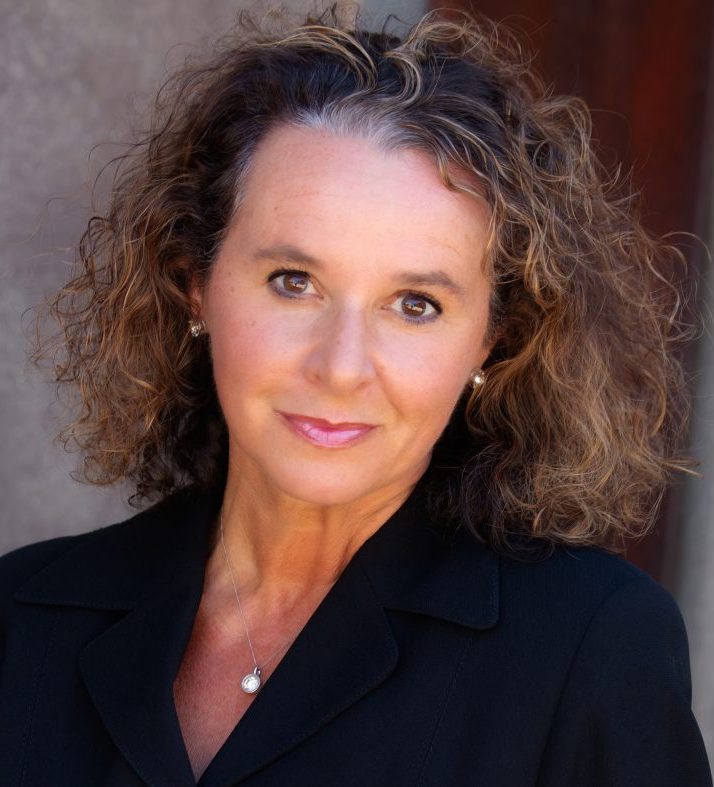The success or failure of a real estate brokerage seems to be measured by a variety of components in today’s world.
Much like the tech industry, the number of real estate brokerages and companies that espouse a windfall of VC money or shareholder investment infusions, only to report losses for the year, seems to grow by the minute. The amount of time and effort the public relations departments at companies spend on spinning the info could put political strategists to shame.

But there is one statistic that continues to be lauded over almost all others as the measurement of success: Agent count.
I understand fundamentally how the number of agents a real estate brokerage oversees would show the overall health of the company, but that’s simply not true. So why is agent count such a hot topic?
Who cares, you ask? The people who use agent count as one of the significant measurements of brokerage success.
For instance, there are a number of organizations that publish lists identifying and ranking the top real estate brokerages in the U.S. But it’s important to distinguish what that means. Some of those lists break companies down by total transaction dollar volume, total number of transaction sides and also, you guessed it, agent count. Many lists also identify where a company stood last year on the list as an implication of its health.
The difficult part in interpreting this information lies simply in the dilemma that a lot of the brokerages on the lists are private companies without reporting requirements.
We don’t actually know if that company made money, lost money, broke even, is buying agents away from another company or even how many of the agents under the brokerage close a transaction each year. Even publicly traded companies don’t necessarily have to disclose those numbers, but at least we can see the financial health in filings.
This isn’t a big deal really if we are just looking at the rankings as an indication of size and volume in general, but why does size matter so much? The answer may lie in the brokerage models themselves. Let’s take a look at some of the basics of how the residential real estate world operates to figure out if agent count counts.
Brokerage structures come in all shapes and sizes. There is no single model that is required from a legal standpoint for operating a brokerage. As a matter of fact, new iterations are created every year.
However, there are a few models that seemingly rule the roost:
The split commission model
The split commission model is the traditional model and it’s the way things were done for quite a while.
In this model, an agent earns a commission on a transaction and then splits that commission with the real estate brokerage. This split can be any range.
When I first became licensed in 1994, the split at my brokerage was 60/40 until I had enough transactions under my belt to raise my split level. I eventually worked my way up to a 90/10 split, but at many brokerages the split then reset at the end of the year and an agent would fall back down.
Today, split commission brokerages still dominate as a model but many have stuck with one single percentage (80/20 for instance) and placed a cap on how much an agent will pay the brokerage in a single year, which will reset at the agent’s anniversary date.
In exchange for a split commission model, brokerages will likely be supplying the agent with shiny bells and whistles to offset the cost. Some include costly lead generation tools, signs and marketing materials, a coach or mentor to assist with a transaction, some sort of communication tool and of course a really nice office or access to meeting spaces.
Those things cost money. That money adds up quickly and each agent at the brokerage could theoretically cost the brokerage money if that agent is non-performing. That’s why many brokerages also charge a monthly fee to basically cover the costs.
The 100% commission model
Let’s compare the traditional model to what was the craziest idea of all time back in the 1960s: the 100% commission model.
In 1965, Dale Rector opened Realty Executives and charged the agent a higher flat monthly fee, as well as a small transaction fee, and gave the agent 100% of the commission after transaction fees were deducted. No more splits to the brokerage. Instead, the agent got to keep more of the money.
From that bold change came a new way to work and earn in the industry. RE/MAX was born and followed that trend. As a result, agents became more empowered to run their own business inside a brokerage.
And thus, the importance of agent count becomes even more of a topic. The more agents, the more monthly fees collected. At these models, it wasn’t just to cover costs, but to earn brokerage profits – albeit a potentially smaller profit margin since the company was not taking a chunk of the commission. This model grew in popularity because it gave the agent more control.
In order to compete, Keller Williams added a wrinkle by sexying up the 80/20 split and offering the agents money back from the profits of each franchise if the agent helped grow the business of the brokerage. Aha! Agent count surfaces again.
The notion that the agents themselves could be recruiters and help grow the business changed everything once more.
Competing models
Then came a new take on the old take of 100% commission structures. Companies like HomeSmart (disclaimer, I was an executive there for many years) sprung up mostly in the western states and offered a low monthly fee and a low flat transaction fee to agents. Even more money in agents’ pockets.
Those models typically offer very efficient technologies, streamlined services, and market to the agent community as a low-cost/high-value alternative. Now, those models are continuing to spread, in many cases preferred by agents who do not do a lot of transactions and can continue to remain licensed at a low yearly cost.
These are by no means the only brokerage models and new structures turn up every day.
So, does agent count actually matter?
What do we do with all of this information, and why does size matter?
There are two reasons why size matters.
The first is, pure and simple, to get on the lists. The rankings mean a lot to some of the founders and C-suites in the world.
The second is what interests me more, and that is to determine if more agents mean more profits. Not revenue, but profit. There is a difference.
When the short sale world dominated all of our transactions, my law firm processed a ton of them. A colleague with his own firm told me they were doing those as well, but lost money every time. He followed that up with a statement I never forgot.
He said, “We are hiring more people so we can do more short sales to make up the difference.”
What? If you lose money doing something and do more of it, you will just lose more money.
In my years of experience building companies in this industry I have seen and run every kind of model. I have helped companies grow like crazy under all models through streamlining operations and putting efficiencies in place.
But each time my primary goal was to make money for the company. If more agents mean more profits, then the company is healthy and sustainable. Sometimes slow and steady wins the race as growth without strategy usually ends up in chaos.
Although the National Association of Realtors does not necessarily publish the percentage of Realtors who don’t complete a transaction during the year, my experience has shown me that typically between 20-40% of all agents within a company do not do a transaction. That’s difficult to swallow if yours is the company providing costly services with no return. The real estate brokerage needs to make money to survive.
Not that these are the only choices, but as a consultant, I would counsel an owner to decide whether its more important to have 100 agents closing 1,000 transactions and the company is profitable, or 1,000 agents closing 100 transactions and the company loses money. As a bankruptcy attorney, my business is fine either way in the long run.
The question that a company needs to ask itself is, “Do I know the breakeven point for each agent?”
If the answer is no, then there is no way to possibly understand how agents affect profitability. If you can’t connect an agent to profit, using real numbers for expenses, and time and labor calculations for personnel, then adding to the agent count could be detrimental instead of beneficial.
If real estate brokerage size matters in the world of residential real estate, we need to remember it’s not always about how big your company is, but how well you perform.






